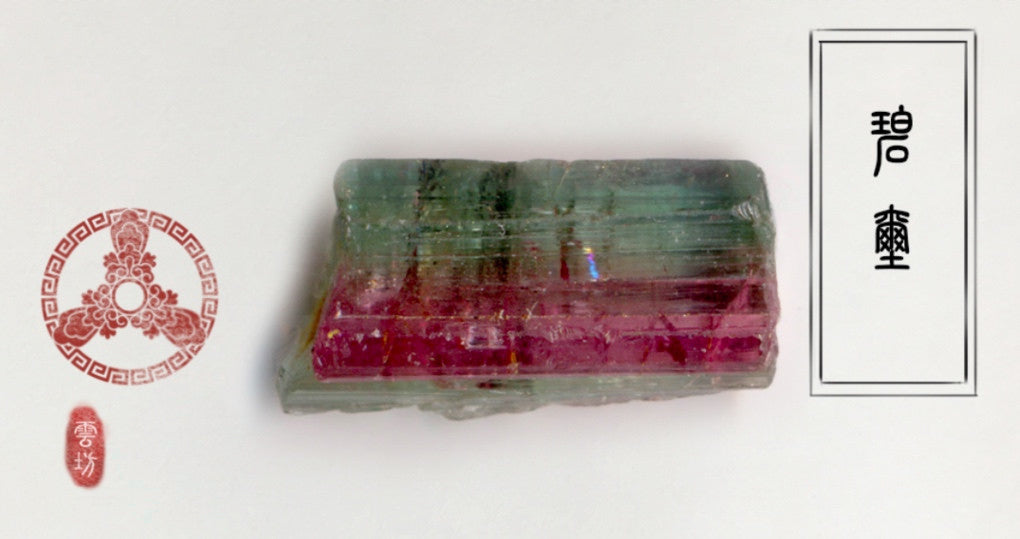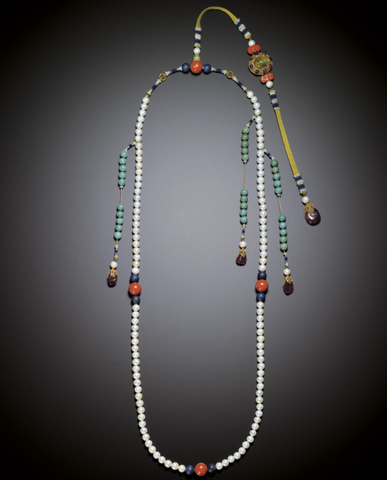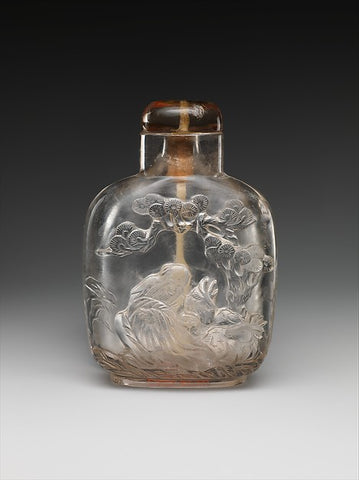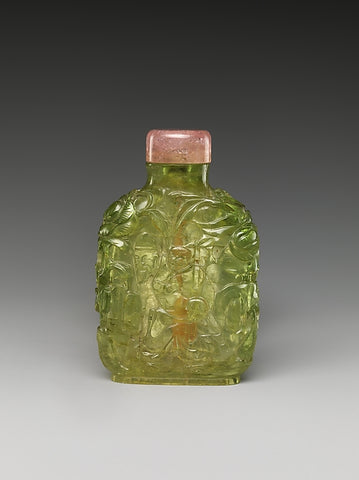8% off orders over $100, 15% off orders over $150, 20% off orders over $300.
Menu
-
- Specials
-
Types
-
Symbols
- Auspicious Cloud | Heaven
- Lotus | Purity & Elevation
- Phoenix | Rebirth and Fidelity
- The Nine | Eternity and Completeness
- Bamboo | Strength and Resilience
- Ruyi | Wish Fulfillment
- Moon | Mystery & Elegance
- Herbal Locket | Hidden Protection
- Tassel | Elegant Charm
- Butterfly and Flower | Love
- Plum Blossom | Endurance and Resilience
- Chinese Knot | Harmony, Tradition, Legacy
- Pumpkin | Prosperity & Abundance
- Pipa | Celestial Music
- Hulu Gourd | Protection and Prosperity
- Fish | Prosperity
-
Collections
- Atlantis
- Revive Your Inner Kingdom
- Auspicious Origin
- Auspicious Flower
- Udumbara Flower
- Return to Origin
- Celestial Cloud
- Elf Forest
- Gold Lotus
- Serene Lotus
- Pearl Elegance
- Radiance
- Metropolis Hermit
- The Nine
- Moon Goddess
- Tassel Elegance
- Chic Velvet Choker
- The Cloud
- Lotus Leaf
- Realm of Peace
- Four Season
-
Craftsmanship
-
Gemstones
- Pearl | Purity and Wisdom
- Jade | Stone of Heaven
- Turquoise | Protection and Healing
- Tridacna | Realm of Peace
- Lapis | Truth and Enlightenment
- Rose Quartz|Love, Healing, Compassion
- Amethyst | Clarity and Tranquility
- Amber | Vitality and Protection
- Carnelian | Courage and Vitality
- Coral | Protection and Prosperity
- Tourmaline | Energy and Balance
- Crystal | Healing and Clarity
-
Birthstone
-
Style
-
Price
-
- Jewelry Set
- Necklaces
- Earrings
- Bracelets
- Hair Jewelry
- Glasses Chains
- Rings
- Anklets
- Ornaments
- Login
-
English

8% off orders over $100, 15% off orders over $150, 20% off orders over $300.
Tourmaline: Gemstone of the Rainbow
May 26, 2016 2 min read

A stone that comes in a veritable rainbow of colors, tourmaline has long been treasured in Chinese jewelry.
Ancient legend says that tourmaline can be found in all colours because when it first journeyed up from the centre of the earth, it travelled along a rainbow and gathered all of the rainbow’s colors.

Perhaps because of its magnetic effect, it is often believed that tourmaline has a mysterious natural energy that can be used for healing. The semi-precious gemstone is thought to strengthen the body and spirit, especially the nervous system, the lymphatic system, and the blood. It is also believed to inspire creativity, and was used extensively as a talisman by artists and writers. Indigenous tribes in North America, Africa and Australia continue to use tourmaline as a talisman to this day.
Ancient ceremonies in India would use tourmaline to help divine the knowledge of good and bad. The gem was very popular with alchemists, who likened it to the philosopher’s stone. This fabled stone was thought to impart not only the meaning of life and great spiritual powers, but also the ability to turn base metal into gold.
Tourmaline in the Royal Court
The modern Chinese name for tourmaline is green royal seal (碧璽 bì xǐ). Actually the first record of tourmaline in Chinese history is at the beginning of the Tang Dynasty, when it was used to make the royal seal that gave legal status to the power inherited from heaven.

The common name of “bixi” appears in the Qing Dynasty manual “Elegance of Stone”. Another book from the Qing Dynasty discussing ceremonies mentions using tourmaline for the top bead of the court hat worn by royal concubines. Both sources agree that the Chinese name “bixi” originates in a foreign language.

Tourmaline reached its peak of popularity during the Qing Dynasty. Empress Dowager Cixi in particular greatly favoured tourmaline. She used to wear a lot of tourmaline jewelry, and there is still a lot of tourmaline jewelry in the National Palace Museum. The semi-precious gemstone would be used as court beads worn by the Qing Dynasty emperor or empress to go with an informal dress. High level officials, as well as royal concubines, would use tourmaline for the top bead of their court hat. Intricately carved tourmaline snuff bottles were also popular during this era.
According to ancient Chinese scholars, tourmaline was imported to China from other countries, though tourmaline has been found in places like Xinjiang and Inner Mongolia of China. It is known that in the early 1900’s the Empress Dowager Cixi bought large quantities of pink tourmaline from newly opened mines in San Diego County, California.
This article is part of the Divine Land Gemstone Compendium, a weekly series by Yun Boutique exploring the gemstones of ancient China and their significance to Chinese culture. See the full series here. Subscribe to the email newsletter to receive future installments.
Produced and Researched by Ariel Tian.
Edited by James Poulter.
Leave a comment
Subscribe
Sign up to get the latest on sales, new releases and more …

